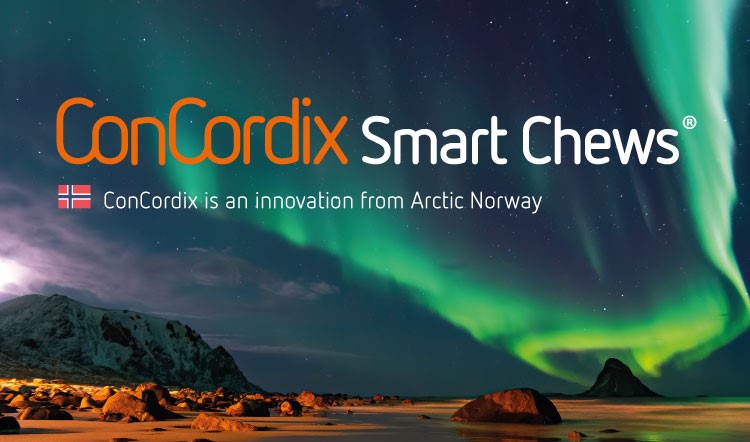Promotional Features
New technology aims to boost omega-3 consumption in the EU and Asia
EPA and DHA omega-3s are essential for optimal wellness, yet people in many parts of Europe and Asia are under-consuming these important nutrients.
It is estimated that 80% of people worldwide have low levels of EPA and DHA omega-3s, according to the Global Organization for EPA and DHA Omega-3s (GOED), while 70% of Americans surveyed used omega-3 supplements; in China, the figure was just over 40%.1
There are several likely reasons for this gap. We know consumers take omega-3s for different reasons, and those reasons can have a big impact on consistent compliance.
Americans, for example, understand the importance of omega-3s for heart and brain health, which may contribute to their desire to find an omega-3 delivery system they are willing to take daily. However, in China, eye fatigue is also a top reason for consuming an omega-3 supplement and this may explain why this population’s supplementation is more sporadic.
User experience – especially around challenges related to taste and ease of use – is also a key barrier to compliance, particularly among those inconsistent users.
In addition to taste, consumer demand for sustainability and innovation rank high in Europe and Asia. Consumers want to trust that the brands they consume are not harmful to the planet. In China, GOED determined that sustainability was more important to omega-3 users than to general supplement users. How are we protecting our oceans while producing supplements derived from fish oil?
Chewables aren’t going away - they are evolving
A newer delivery technology is overcoming all of these obstacles. Consumers’ desire for great-tasting chewables is increasing. Gummies have become a driving force, in response to omega-3 supplements’ taste concerns, as well as pill fatigue in general. The move away from pill format became apparent in 2019, the year when sales of gummies, powders, shots and other non-pill formats surpassed sales of pill formats.2
Gummies now make up 21.3% of supplement sales, making them the single-largest format by market share.2 However, meeting that omega-3 demand with gummies can be problematic due to the challenge of delivering meaningful dosages of nutrients, particularly fat-soluble ingredients.
The big ‘what’s new’ is clean emulsification technology. Developed and patented by Norway-based Vitux AS, a company at the forefront of environmental preservation, this chemical-free technology achieves what not been done before. Called ConCordix technology, it delivers enhanced absorption of EPA and DHA from omega-3s in a fun, good-tasting, chewable format suitable for both children and adults.
This new type of chewable is gaining popularity among several leading brands, including Amway, in the U.S. and Canadian markets. Consumers are attracted by the innovation and become brand loyal because of the taste, ease of use and enhanced bioavailability.
Designed the way nature delivers nutrition
Salmon, a great source of omega-3, has fatty acids homogeneously distributed in microscopic oil droplets. This oil droplet distribution is true for fish oil, algae oil, CoQ10, lutein and zeaxanthin. Electron microscopy shows that chewables made with this technology also have numerous small droplets, sized less than 10 nanometers. This small droplet size is very important in enhancing bioavailability.
These tiny, oily droplets are stabilized in an emulsion. This increases the contact surface for the lipase enzymes to rapidly and efficiently break down the fats. Micelle formation ensures the absorption through the villi into the bloodstream.
In other words, the key to increasing contact surface area exposure is to reduce the droplet size of the fat-soluble nutrients you are supplementing, leading to higher absorption into the bloodstream. And because the EPA and DHA go into suspension and remain emulsified as they pass through the digestive system, any fishy aftertaste and burps (reflux) are virtually eliminated.
Considerations for omega-3 line extensions
Based on conversations with nutritional supplement manufacturers on a global scale, Vitux concurs with GOED findings that consumers are influenced by taste, convenience and the amount of EPA and DHA present in their supplement. Trust also matters. Branded ingredients that are associated with transparency and sustainability are strong purchase motivators.
References
1. Global Organization for EPA and DHA.
2. Nutrition Business Journal Delivery Format Report (2022, January).

